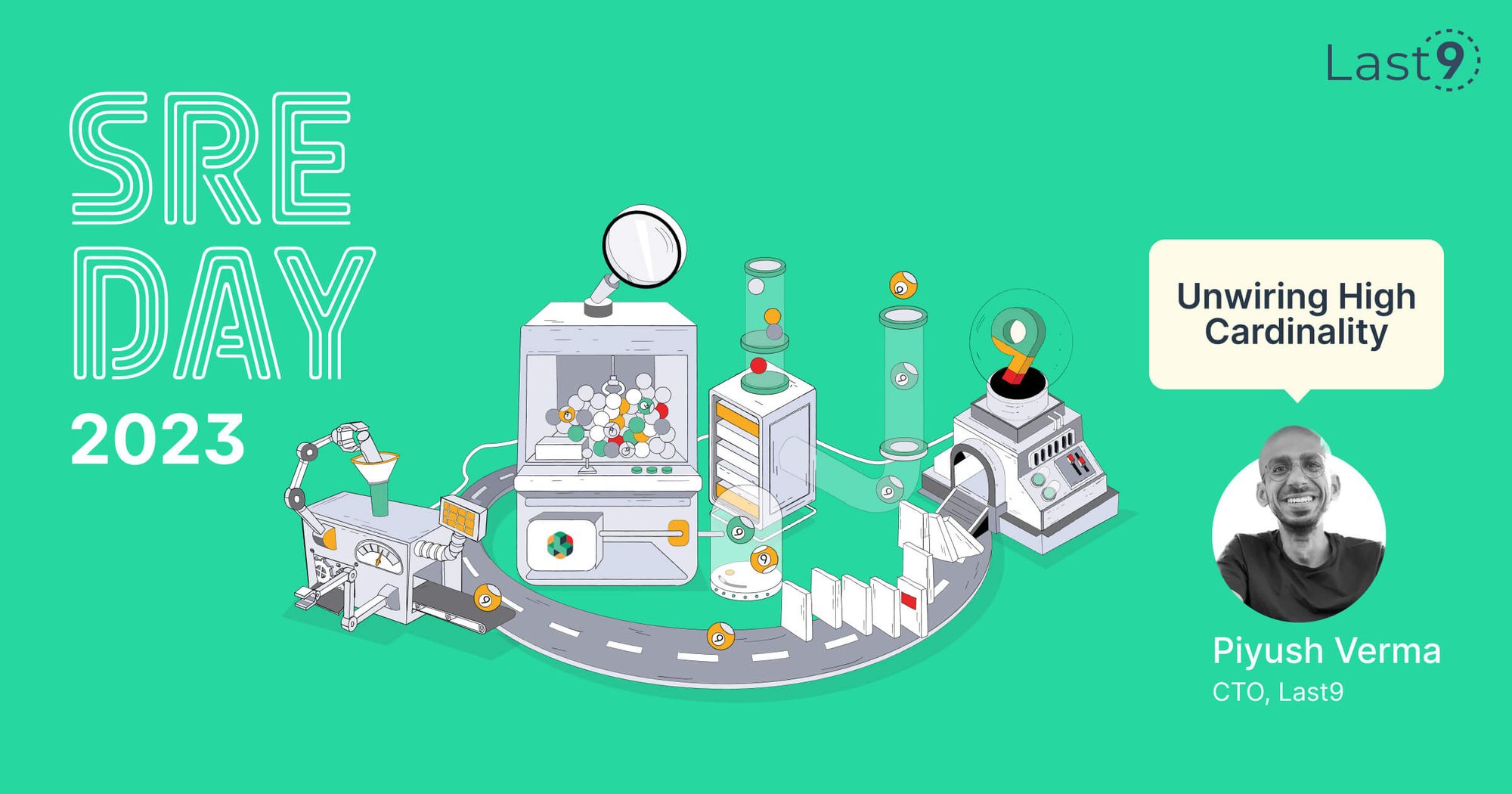Sep 17th, ‘23/3 min read
Unwiring High Cardinality - SRE Day 2023
Report from SRE Day 2023, where Piyush Verma - CTO Last9, gave a talk on Unwiring High Cardinality

Newsletter
Stay updated on the latest from Last9.
Handcrafted Related Posts

Streaming Aggregation: Real-Time Data Processing in 2024
We break down the essentials of streaming aggregation and its impact on modern data processing.
Anjali Udasi

Top Splunk Alternatives for 2024: A Comprehensive Guide
Explore Splunk alternatives, including ELK, Last9 Levitate, Graylog, Datadog, and more. Compare features, pricing, and scalability for log management and observability supporting Docker, microservices, kubernetes
Prathamesh Sonpatki

Guide to Service Level Indicators and Setting Service Level Objectives
A guide to set practical Service Level Objectives (SLOs) & Service Level Indicators (SLIs) for your Site Reliability Engineering practices.
Last9




